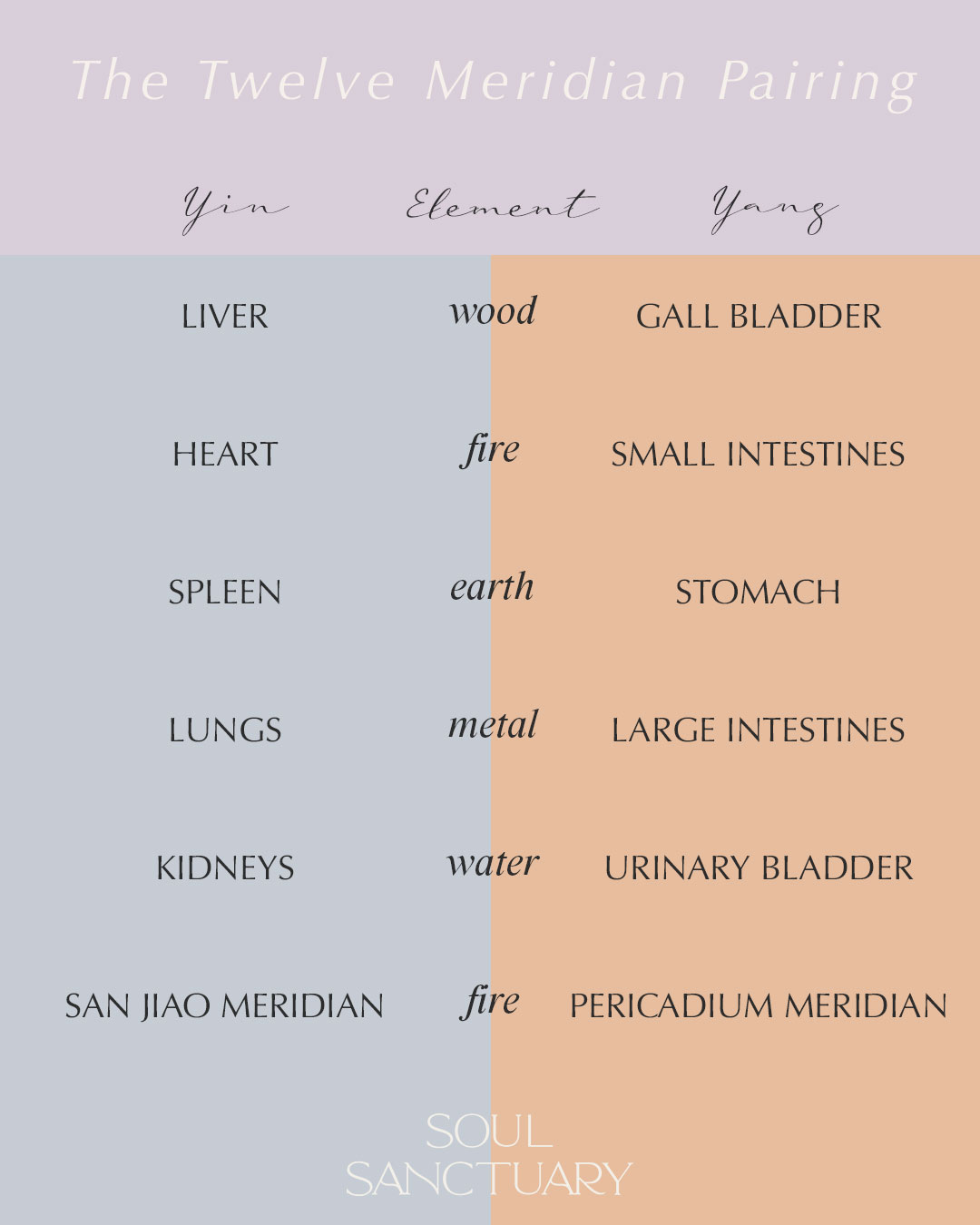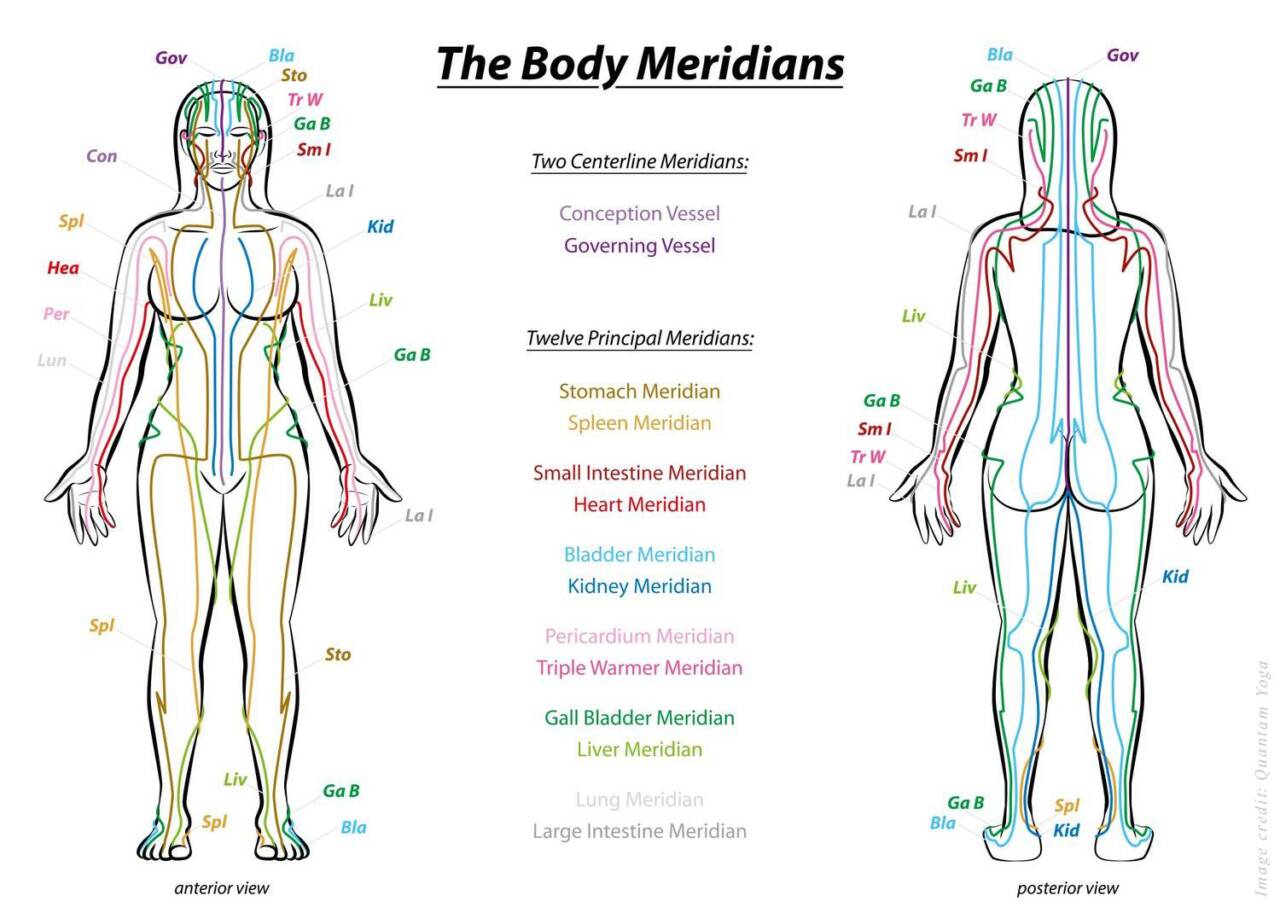
This time of year, something really special is in the air. Autumn brings such a beautiful and visual shift to our day-to-day life with the migration of wildlife, the falling of the leaves, the many shades of orange, red, yellow, and terracotta in nature’s backdrop, the chilly mornings and evenings and, of course, the desire to snuggle in our comfies on the couch.
The temperature change and wet days during this time are almost the natural push we need to take some time to rejuvenate, recalibrate and relax. The busyness of Summer can leave many of us feeling burned out from overworking our bodies, and mentally exhausted from our constantly packed diaries, work pressures, and parenting responsibilities.
This month on the Soul Sanctuary, we are using the seasonal transition to really focus on slowing down, both on and off the mat. It is the perfect chance to become present and listen to what your body and mind need, to check back in, and to reflect on whether you are living in alignment with your values and beliefs. It’s also a wonderful opportunity to break with the old and introduce new habits that serve you better.
“The great benefit of slowing down is reclaiming the time and tranquility to make meaningful connections - - with people, with culture, with work, with nature, with our own bodies and minds” - Carl Honoré (author of the international bestseller ‘In Praise of Slow’)
We move and breathe through styles of yin yoga, restorative yoga, breathwork, meditation, and yoga nidra. Like our fast-paced life, many of us prefer (and are used to) faster vinyasa classes. Although we are bringing down the pace this month in our practices, there are still a number of flows that will feel ‘yang’ with longer, stronger holds in place. This month may be one that many of you embrace due to its slowness. For others, it may be more of a challenge to allow that space to slow down. Either way, we urge you to sit with it and give your body the opportunity to integrate all the beautiful things that take place during these types of practices.
DIFFERENCES BETWEEN YIN AND YANG YOGA:
Yang yoga practices like Ashtanga, Vinyasa, and Mandala are usually more dynamic in pace (even asanas held for 5 breaths are physically challenging in their stillness) and target the superficial muscles, (those closer to the surface of the skin). Yang yoga practices are more energising and heat-activating, with many practitioners only feeling the emotional effects of the practices at the end during a savasana.
Yin yoga however uses long asana holds (3-15 minutes) and a deep awareness of gentle breathing to target the deep connective tissues of the body - the ligaments, joints, bones, and the deep fascia network. Yin yoga is predominantly floor-based shapes that activate the full body. When we hold these asanas for longer periods of time, it helps to stretch and lengthen that rarely-used deep tissue, whilst also teaching you how to breathe through discomfort and sit with your thoughts.
Note: It is still extremely important and highly recommended to use props during these longer holds so as to avoid 'hanging out' or causing long-term injury to the joints, especially for those who are hypermobile.
It is also important to follow a yin pose with a resting rebound period of one to two minutes. In the rebound, deep relaxation can occur in both the mind (as you enter a lower brain wave state) and the body. During this resting time, the connective tissues ‘rebound’ and rehydrate after the gentle stress placed on them during the yin hold, and allows the practitioner to release this stress slowly, gently, and safely.
Due to the nature of yin yoga being much slower paced, many assume it is too boring or an easy practice, but in reality, it can be deeply challenging physically, mentally, and emotionally and can help with deep transformation. Each yin shape connects to a chakra or a group of chakras.
Read more about the chakra system in our blog post here.
THE MERIDIANS:
In Traditional Chinese Medicine (TCM), energetically we have both yin and yang energies. This energy is referenced as Qi (chi), which is the ‘vital life energy’ that is present in all life that binds together all things in the universe. Japanese scientist, Dr Hiroshi Motoyama, discovered that the physical structure of the way hyaluronic acid runs through the body directly correlates with the pathways of the meridians laid out by TCM.
Meridians are the energy pathways (or channels) through which Qi moves, (these are similar to the concept of the nadis from traditional yoga philosophy). From Dr Hiroshi Motoyama’s research, it is believed that Yin yoga increases hyaluronic acid in the body and joints, therefore increasing the abundance of pranic energy for healing and health. Like the Chakra energy system, it is believed that if there is a blockage in a meridian or energy channel, disease sets in.
The meridians correspond with the ten major organs of the body, which may be yin or yang in nature, as well as two special additional meridians. Energetically, yin yoga improves energy flow and enhances the flow of Qi (chi) in the different organs and their relationship to the corresponding meridian.
Each of the Yin organs is paired with a Yang organ, and these pairs share specific meridian pathways, tissues, muscles, and energetic functions. Each pair is affiliated with one of the Five Phases (stages) of transformation. These phases represent the seasons of the earth, characterised as wood, fire, earth, metal, and water. These elements correspond with the stages of human life: birth, growth, maturation, death, and rebirth.

The San Jiao Meridian (the triple burner): Describes a function more than an organ. Its function relates to intake, transformation, and elimination.
The Pericardium Meridian: Relates to the function of circulation and protects the heart.
The importance of balancing our Yin and Yang energies can be explored through a balanced yoga practice. Yoga asanas will each bring with them a certain physical and emotional effect which can be linked back to the balancing of our Qi through our meridians.

WHAT IS RESTORATIVE YOGA?
Restorative yoga is similar to yin in terms of holding yoga poses for long periods of time, though restorative yoga has a stronger focus on deep relaxation that emphasises the meditative aspect of yoga - the connection between breath, body, and mind. Poses through a restorative practice are supported heavily by props, bolsters, and blankets to allow the body and mind to enter a state of deep relaxation.
WHAT IS YOGA NIDRA?
Often referred to as ‘yoga sleep’ or ‘sleep with awareness’, Yoga Nidra allows a deep physiological and psychological release. It induces full-body relaxation, where our conscious mind relaxes and the deeper levels of the mind - the subconscious and unconscious states awaken. Yoga Nidra restores the body, its senses, and the mind to their natural function and in the process awakens another sense that only sees wholeness, tranquility, and wellbeing.
These types of practices are all extremely beneficial to our physical, mental, emotional, and spiritual state. For the rest of this month, let the world spin without you whilst you create some balance, catch up on sleep and make time for fun, laughter, and self-care while rebuilding your energy levels.
They will work to:
✨ Bring you into the present moment.
✨ Reconnect you with what is actually important in your life.
✨ Improve your mood.
✨ Provide better sleep.
✨ Reconnect you with loved ones.
✨ Allow more time for self-care.
✨ Restore energy levels and lower stress levels.
✨ Increase time for creativity.
✨ Enhance space for your inner wildness.
✨ Connect you with nature and the rhythm of the universe.
Try this month's journal prompts:
✨ What emotions are you holding on to today?
✨ Where in your body can you feel them being stored?
✨ What hobby or passion do you wish you had more time for?
✨ What are 3 things you are stressed about that aren't in your control?
✨ What are you overthinking today?
✨ What would make this week great?
✨ What in your life makes you feel calm and relaxed?
✨ Does slowing down bring up fear for you? If so, why do you think this is? If not, do you think you could slow down more?
✨ What is hindering you from slowing down?
*
This month’s practices are designed to bring you back into your inner home through our beautiful classes. Although this month is all about slowing down, this doesn’t mean it won’t be a strong and challenging month on the mat. Let go of assumptions and expectations. Be guided by the practices and suggested monthly schedule mapped out for you in order to really reap the benefits.
You can flow along with our monthly playlist HERE.
In week one, we have a 60-minute grounding yin practice which will take place at the wall, using the wall for support. It will focus on the breath and diving deep into the lower body. It will be your chance to confront any emotions that arise, recalibrate your thoughts and return to what feels aligned to you. Get ready to get cosy and release tension in the body with these long yin holds. Have props and pillows or bolsters to hand in case you would like to use them during the class.
In the second week, we have a 30-minute restorative flow with a focus on ‘aligning your mind”. A beautiful meditative wind down to relax the body and mind. Try not to attach to any thoughts that come up, just be aware of sensations that may arise and let them go.
In our third week, a special kind of meditation will be available which will focus on Emotional Freedom Technique, also known widely as EFT Tapping. In Traditional Chinese medicine, tapping on the body’s meridian points with the fingertips activates the meridian pathways, restoring the balance of energy to resolve physical and emotional issues (a great technique used for stress and anxiety).
Our fourth week is a 45-minute yin-based full-body scan. Though this is a yin practice, it will be slightly more fluid than many others Cat has taught. There won’t be as many long rebound moments, instead, we’ll be shifting the energy from one place to the next, seeing if we can witness the inner shift as we go.
In our final week, we have a 20 minute slow burn flow which is a short power practice, using longer holds in asanas and the breath to create fire in the body.
We also have a calming yoga nidra practice for you to enjoy. This kind of practice is usually done right before bed to get the body prepared for deep sleep, but many do still enjoy doing this practice throughout the day in place of a nap or rest.
As always, we have our suggested Soul Sanctuary flows from the back catalogue (in black) that align with this month’s theme, mapped out below in our printable calendar. You can also find these additional practices in the calendar function on our beautiful app or search for them on the membership on the website via desktop.

Take the opportunity this month to let your creative juices flow, spend time getting lost in a book, move your body with intention, be surrounded by nature and its beautiful autumnal backdrop, feel inspired to cook with seasonal nourishing foods, reconnect with your intuition and your body, and rest.
